- Choosing the right seeds
- 1. Variety
- 2. Climate
- 3. Germination Time
- 4. Flower Colors
- 5. Growth Habit
- 6. Disease Resistance
- Preparing the soil for Gatsania
- 1. Choose a well-draining location
- 2. Clear the area
- 3. Improve the soil
- 4. Test the soil pH
- 5. Level the soil
- 6. Water the soil
- 7. Mulch the area
- Sowing and planting Gatsania seeds
- Sowing Gatsania seeds
- Planting Gatsania seedlings
- Caring for Gazania Plants
- 1. Watering:
- 2. Sunlight:
- 3. Fertilizer:
- 4. Pruning:
- 5. Pests and Diseases:
- 6. Mulching:
- 7. Winter Care:
- Watering and fertilizing Gatsania
- Watering frequency
- Watering method
- Fertilizing
- Organic fertilizers
- Water-soluble fertilizers
- Important considerations
- Pruning and pinching Gatsania plants
- Why prune and pinch Gatsania plants?
- When to prune and pinch Gatsania plants?
- How to prune and pinch Gatsania plants?
- Care after pruning and pinching
- Pest and disease control for Gatsania
- 1. Common pests
- 2. Common diseases
- 3. Preventive measures
- 4. Organic controls
- 5. Chemical controls
- Harvesting and using Gatsania flowers
- Harvesting
- Using Gatsania flowers
- Important note:
- Questions and Answers:
- What is gatsania?
- How can I grow gatsania from seeds?
- Are there different types of gatsania?
- Which type of gatsania is best for beginners?
- Can gatsania be grown in containers?
- Does gatsania require any special care?
- Videos: Planting Zinnias, Troubleshooting Drip & Watering the Greenhouse! // Garden Answer
Gatsania is a beautiful flowering plant that can easily be grown from seed in your garden. This vibrant and versatile flower comes in a variety of types and varieties, making it a popular choice for many gardeners. Whether you are a beginner or have a green thumb, growing gatsania from seed is an enjoyable and rewarding experience.
One of the great things about growing gatsania from seed is that it is a relatively easy plant to care for. It requires minimal maintenance and can tolerate a wide range of growing conditions. Gatsania is a perfect choice for those who have limited space or are new to gardening, as it doesn’t require a large garden or a lot of experience to grow successfully.
Gatsania varieties come in a stunning array of colors, including vibrant oranges, sunny yellows, and soft pinks. Some varieties even have unique patterns or streaks on their petals, adding extra interest and beauty to your garden. Whether you prefer a monochromatic display or a mix of colors, gatsania offers endless possibilities for creating a visually striking garden.
When it comes to planting gatsania from seed, it is best to start indoors a few weeks before the last frost date. This allows the seeds to germinate and establish a root system before being exposed to outdoor conditions. Once the danger of frost has passed, you can transfer the seedlings to your garden and watch them grow into beautiful, blooming plants.
In conclusion, growing gatsania from seed in your garden is a wonderful way to add color and beauty to your outdoor space. With its easy care requirements and stunning varieties, gatsania is a popular choice among gardeners of all skill levels. Give it a try and enjoy the joy of watching your garden come to life with these vibrant and versatile flowers.
Choosing the right seeds
When it comes to growing Gatsania from seed in your garden, choosing the right seeds is crucial for success. Here are a few factors to consider when selecting your seeds:
1. Variety
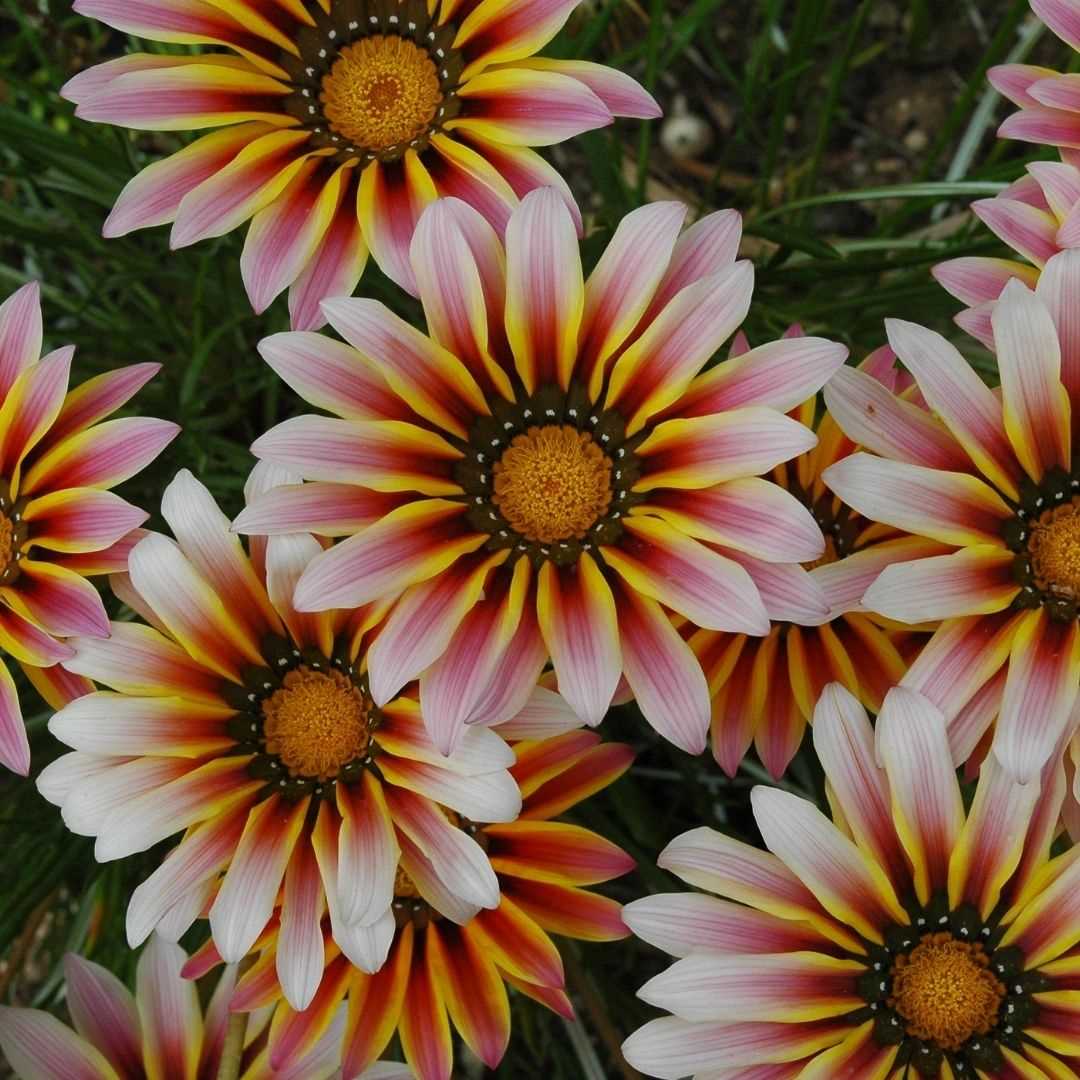
Gatsania comes in various varieties, each with its unique characteristics and growth habits. Some varieties are more compact and suitable for containers or small spaces, while others are taller and ideal for borders or larger garden areas. Consider the space available in your garden and choose a variety that fits your needs.
2. Climate
Gatsania is a warm-weather plant that thrives in full sun. However, different varieties may have specific climate requirements. Some varieties are more tolerant of hot temperatures, while others can withstand cooler climates. Check the seed packet or online descriptions to determine the recommended climate conditions for each variety.
3. Germination Time
Germination time refers to the period it takes for the seeds to sprout and develop into seedlings. If you have a short growing season or want to see quick results, choose varieties with a shorter germination time. On the other hand, if you have a longer growing season and don’t mind waiting, you can opt for varieties with a longer germination time.
4. Flower Colors
Gatsania produces beautiful daisy-like flowers in a wide range of colors, including yellow, orange, pink, and white. Consider the color palette of your garden and choose seeds that will complement your existing plants or desired color scheme.
5. Growth Habit
Gatsania can have different growth habits, such as upright, bushy, or trailing. Determine the desired growth habit based on your garden design and the purpose of planting the Gatsania. Upright varieties work well as focal points or background plants, while trailing varieties are suitable for hanging baskets or cascading over edges.
6. Disease Resistance
Some Gatsania varieties exhibit better disease resistance than others. If you live in an area prone to specific diseases, such as powdery mildew or leaf spot, consider choosing a variety that is known for its resistance to those diseases. This can help ensure the longevity and health of your Gatsania plants.
By considering these factors, you can select the right seeds that will thrive in your garden and provide you with beautiful Gatsania flowers throughout the season.
Preparing the soil for Gatsania
Before planting Gatsania seeds, it is important to prepare the soil to ensure optimal growing conditions for these beautiful flowers. Here are the steps to follow:
1. Choose a well-draining location
Gatsania prefers well-draining, sandy or loamy soil. Select a location in your garden that receives full sun or partial shade. Avoid areas with heavy clay soil that tends to retain water.
2. Clear the area
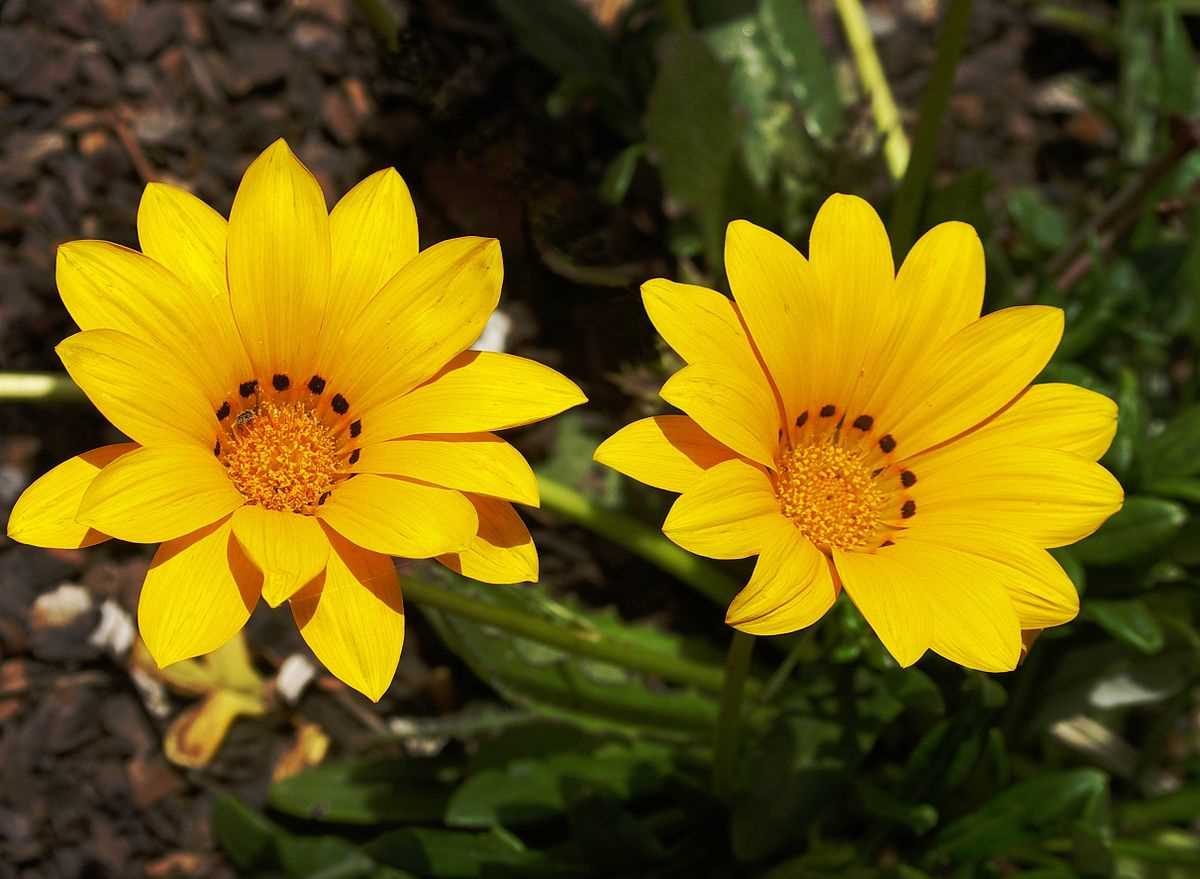
Clear the chosen area of any weeds, grass, or debris. This will help create a clean and healthy growing environment for your Gatsania plants.
3. Improve the soil
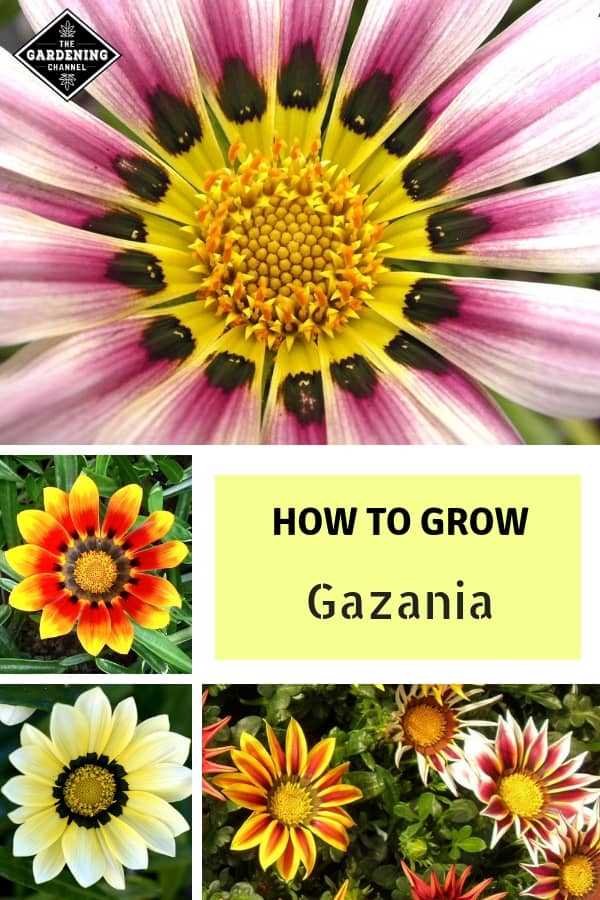
If your soil is heavy clay or lacks nutrients, you can improve it by adding organic matter such as compost or well-rotted manure. Mix the organic matter into the top few inches of soil using a garden fork or tiller.
4. Test the soil pH
Gatsania prefers slightly acidic to neutral soil with a pH range of 6.0 to 7.0. Use a soil pH testing kit to determine the pH of your soil. If the pH is below the desired range, you can raise it by adding lime. If it is above the desired range, you can lower it by adding sulfur.
5. Level the soil
Use a rake or garden tool to level the soil surface. This will ensure an even planting area for your Gatsania seeds.
6. Water the soil
Before planting, thoroughly water the soil to ensure it is evenly moist. This will help the seeds germinate and encourage healthy root development.
7. Mulch the area
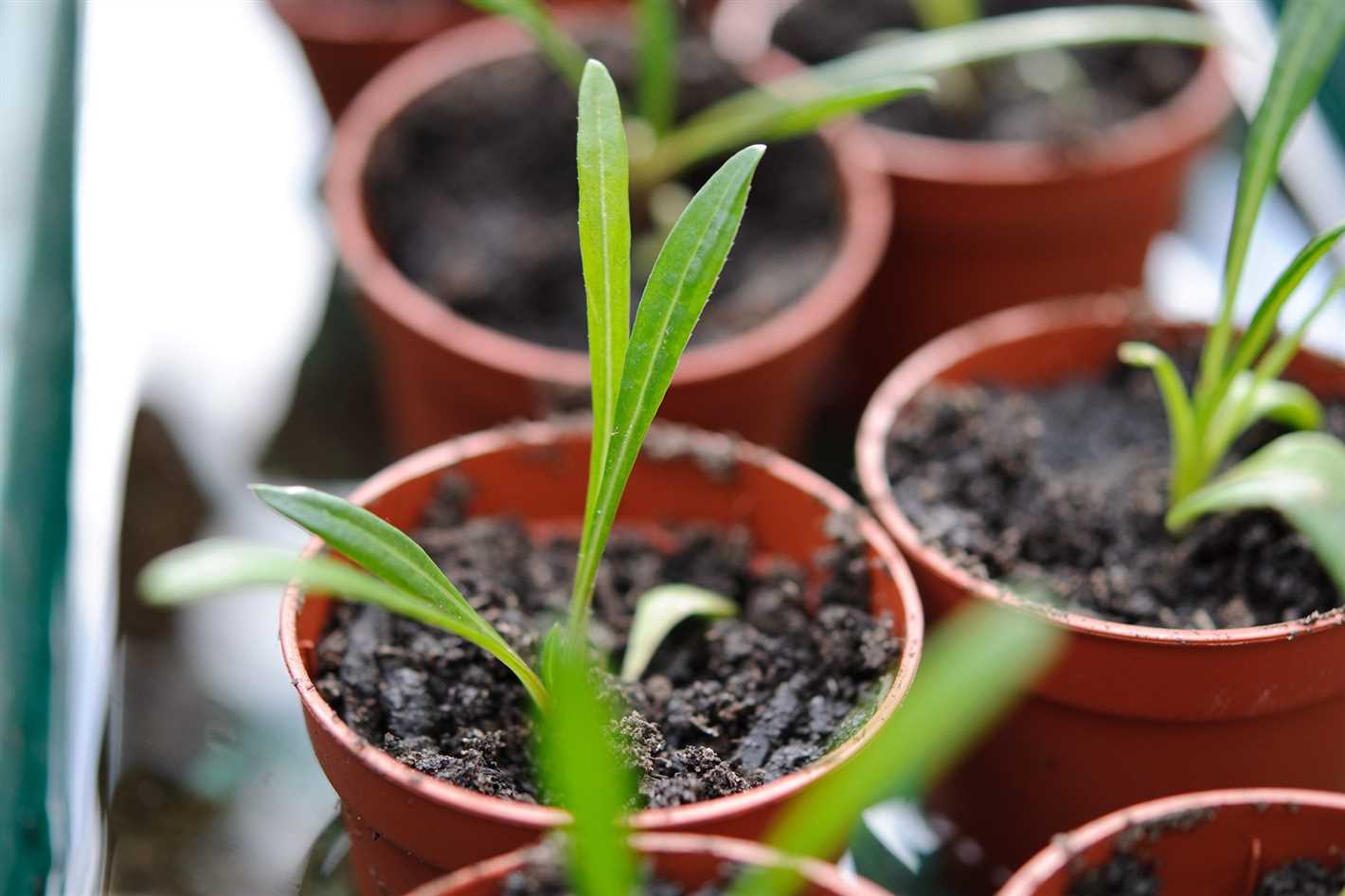
Apply a layer of mulch around the Gatsania plants to help retain moisture, suppress weed growth, and regulate soil temperature. Organic mulch, such as wood chips or straw, is recommended.
By following these steps, you can prepare the soil properly for Gatsania seeds and create a favorable environment for their growth and blooming.
Sowing and planting Gatsania seeds
Gatsania seeds can be sown directly in the garden or started indoors and then transplanted outdoors. Here are the steps to successfully sow and plant Gatsania seeds:
Sowing Gatsania seeds
- Choose a sunny location in your garden with well-drained soil for planting Gatsania seeds.
- Prepare the soil by removing any weeds and loosening it with a garden fork or tiller.
- Water the soil lightly before sowing the seeds.
- Scatter the Gatsania seeds evenly over the prepared soil. Keep in mind that Gatsania seeds are very small, so it’s important not to sow them too thickly.
- Gently press the seeds into the soil with your fingertips, but do not cover them with soil as they need light to germinate.
- Water the seeds gently after sowing, using a fine mist setting on your watering can or hose, to avoid washing them away.
Planting Gatsania seedlings
- If you started Gatsania seeds indoors, wait until the seedlings are about 3-4 inches tall before transplanting them outdoors.
- Choose a cloudy day or late afternoon to transplant the seedlings to minimize stress.
- Dig a hole in the garden soil that is slightly larger than the root ball of the seedling.
- Carefully remove the seedling from its container, being careful not to damage the roots.
- Place the seedling in the hole and backfill with soil, gently pressing it around the roots to secure the plant.
- Water the newly planted seedlings thoroughly to help them establish in their new location.
Gatsania seeds generally germinate within 7-14 days of sowing, and the seedlings can be transplanted outdoors after the last frost date in your area. By following these steps, you can successfully sow and plant Gatsania seeds in your garden.
Caring for Gazania Plants
Gazania plants are known for their beautiful and vibrant flowers, and with proper care, they can thrive in your garden. Here are some tips for taking care of your gazania plants:
1. Watering:
Gazanias prefer well-drained soil, so make sure to water them deeply but infrequently. Allow the top inch of soil to dry out before watering again. Overwatering can lead to root rot and other issues, so it’s important to find the right balance.
2. Sunlight:
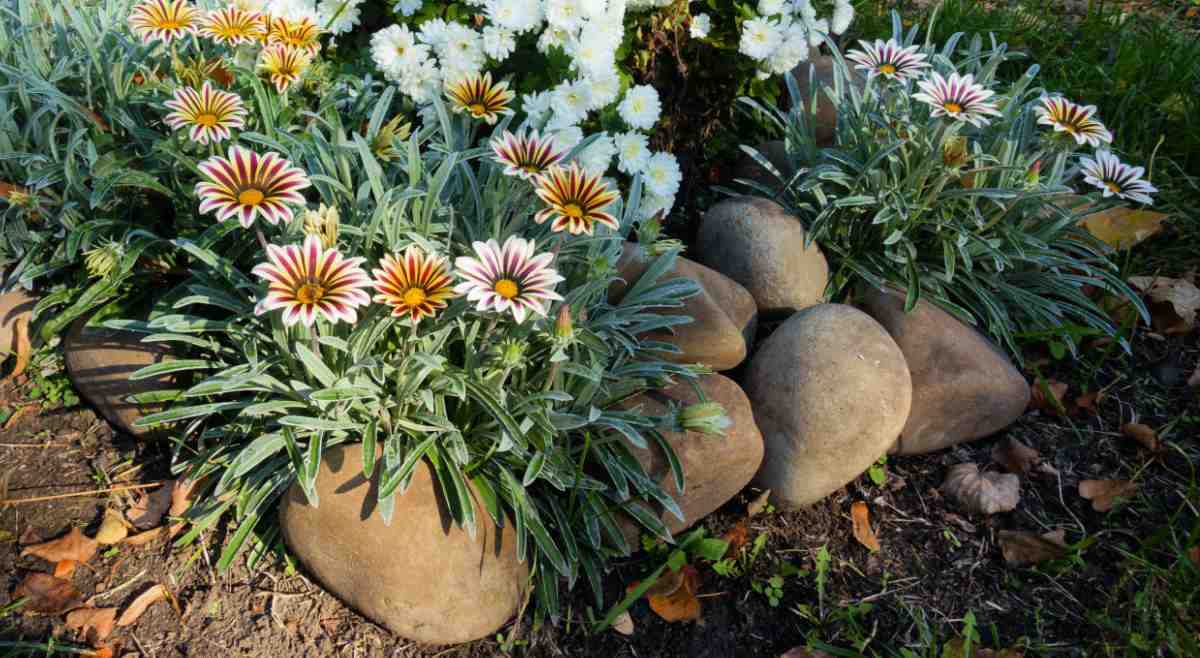
Gazanias are sun-loving plants and require at least 6 hours of direct sunlight every day. Make sure to plant them in a spot that receives full sun for best growth and flowering.
3. Fertilizer:
Feed your gazania plants with a balanced, slow-release fertilizer once a month during the growing season. Avoid using excessive amounts of fertilizer as it can result in leggy plants with fewer flowers.
4. Pruning:
Regular deadheading and pruning can help promote continuous blooming and maintain a neat appearance. Remove faded flowers and trim back any leggy or overgrown stems to encourage bushier growth.
5. Pests and Diseases:
Gazanias are relatively pest and disease-resistant plants. However, they can occasionally be susceptible to aphids, slugs, and snails. Monitor your plants regularly and take necessary measures, such as using organic pesticides or implementing cultural practices, to control pests and diseases.
6. Mulching:
Applying a layer of mulch around the base of your gazania plants can help conserve moisture, suppress weeds, and regulate soil temperature. Use organic mulch, such as bark chips or straw, and ensure it doesn’t come into direct contact with the stems or leaves of the plants.
7. Winter Care:
In colder climates, gazania plants are often grown as annuals or container plants. If you want to overwinter them, you can bring them indoors and place them in a cool and bright location. Reduce watering and stop fertilizing during the dormant period.
By providing your gazania plants with the right care, you can enjoy their colorful blooms and enhance the beauty of your garden.
Watering and fertilizing Gatsania
Watering is an important aspect of caring for Gatsanias, as they require regular moisture to thrive. Here are some tips on how to water your Gatsanias:
Watering frequency
- During the growing season, water your Gatsanias every 2-3 days, making sure the soil remains consistently moist.
- Be careful not to overwater, as this can lead to root rot. Allow the top layer of soil to dry out slightly before watering again.
- In hot and dry climates, you may need to increase the frequency of watering.
Watering method
It is best to water Gatsanias at the base of the plants, rather than overhead. This helps prevent the foliage from becoming wet, which can lead to diseases.
Fertilizing
Gatsanias benefit from regular fertilization to promote healthy growth and abundant flowering. Here are some fertilizer tips:
Organic fertilizers
- Use organic fertilizers, such as compost or well-rotted manure, to provide a slow-release source of nutrients.
- Apply the organic fertilizer to the soil around the base of the plants, following the manufacturer’s instructions for application rates.
- Organic fertilizers not only provide essential nutrients but also improve the soil structure and fertility over time.
Water-soluble fertilizers
- In addition to organic fertilizers, you can also use water-soluble fertilizers to give your Gatsanias a quick nutrient boost.
- Dilute the water-soluble fertilizer according to the instructions on the packaging.
- Apply the fertilizer to the soil once a month during the growing season.
Important considerations
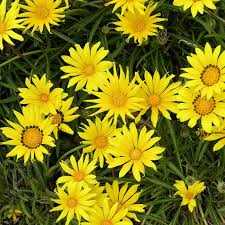
- Avoid using excessive amounts of fertilizer, as this can burn the roots of Gatsanias.
- Always water the plants before applying fertilizer to prevent root damage.
- Monitor your Gatsanias for any signs of nutrient deficiencies, such as yellowing leaves or stunted growth, and adjust your fertilization routine accordingly.
By providing adequate water and nutrients, you can ensure that your Gatsanias grow into healthy, vibrant plants that reward you with beautiful blooms.
Pruning and pinching Gatsania plants
Gatsania plants benefit from regular pruning and pinching to encourage bushy growth and promote more abundant flowering. Pruning and pinching are essential tasks in maintaining the overall health and appearance of Gatsania plants.
Why prune and pinch Gatsania plants?
Pruning and pinching Gatsania plants help to:
- Remove dead or damaged foliage and stems, allowing for new growth
- Promote bushier growth by encouraging branching
- Control the size and shape of the plant
- Prevent disease and pest infestations by improving air circulation
- Encourage more abundant flowering
When to prune and pinch Gatsania plants?
The best time to prune Gatsania plants is after the main flowering period, typically in late spring or early summer. This allows the plant to recover and produce new growth before the next flowering season. Pinching should be done regularly throughout the growing season to shape the plant and promote bushier growth.
How to prune and pinch Gatsania plants?
- Using clean and sharp pruning shears or scissors, cut back any dead or damaged stems and foliage. Make the cut just above a healthy leaf node or bud.
- To promote bushier growth, pinch off the tips of the stems using your fingers or a pair of sharp scissors. Pinch just above a set of leaves or a branch junction to encourage new lateral growth.
- If the plant has become leggy or overgrown, you can also prune it back more severely. Cut back the stems to a desired height, leaving a couple of nodes or buds for new growth.
Care after pruning and pinching
After pruning and pinching, it is important to provide proper care to help the Gatsania plants recover and thrive:
- Water the plants thoroughly to ensure they receive enough moisture.
- Apply a balanced fertilizer to provide essential nutrients for new growth.
- Monitor the plants for any signs of stress or disease and take appropriate action if needed.
By regularly pruning and pinching Gatsania plants, you can maintain their health, shape, and encourage more abundant flowering, creating a beautiful addition to your garden.
Pest and disease control for Gatsania
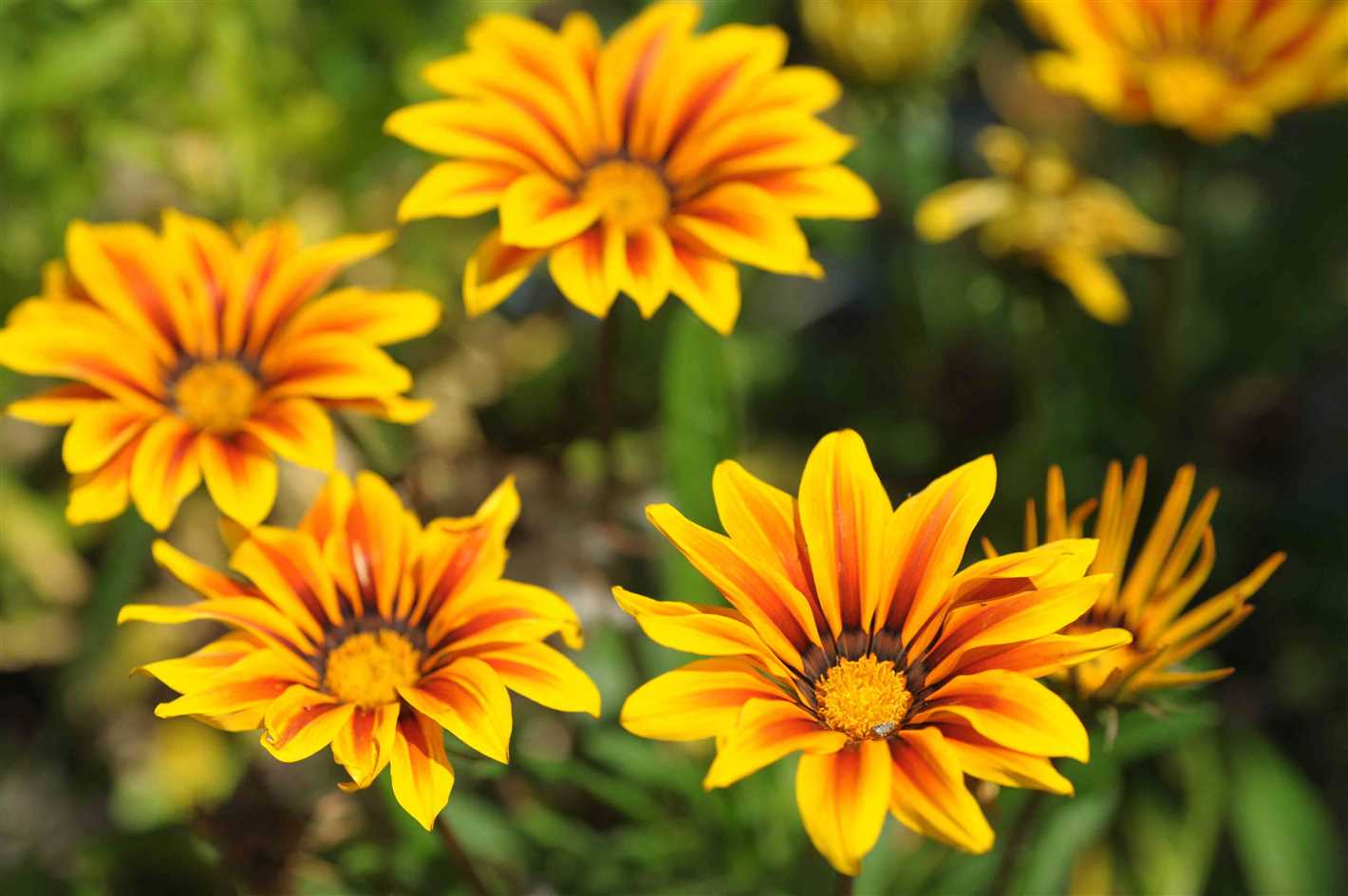
1. Common pests
- Aphids: These small insects can distort the leaves and flower buds. To control them, you can use insecticidal soap or neem oil.
- Spider mites: These pests are tiny and can cause yellowing and webbing on leaves. Regularly spraying the plants with water can help keep them under control.
- Slugs and snails: These slimy creatures can eat holes in the leaves and flowers. You can use slug pellets or set up beer traps to keep them away.
2. Common diseases
- Root rot: This fungal disease can occur if the soil is too wet. Ensure good drainage and avoid overwatering to prevent root rot.
- Botrytis blight: This gray mold can affect the leaves and flowers. Remove and dispose of any infected plant material and avoid overcrowding the plants to prevent the spread of the disease.
- Powdery mildew: This fungal disease causes a white powdery coating on the leaves. Regularly inspect and remove any infected leaves, and improve air circulation around the plants to prevent powdery mildew.
3. Preventive measures
To minimize the risk of pests and diseases, it is important to follow these preventive measures:
- Plant Gatsania in well-draining soil to prevent root diseases.
- Water the plants at the base to avoid wetting the foliage, which can promote fungal diseases.
- Space the plants properly to allow for good air circulation.
- Remove any weeds or debris around the plants that could harbor pests or diseases.
- Regularly inspect the plants for signs of pests or diseases and take appropriate action if necessary.
4. Organic controls
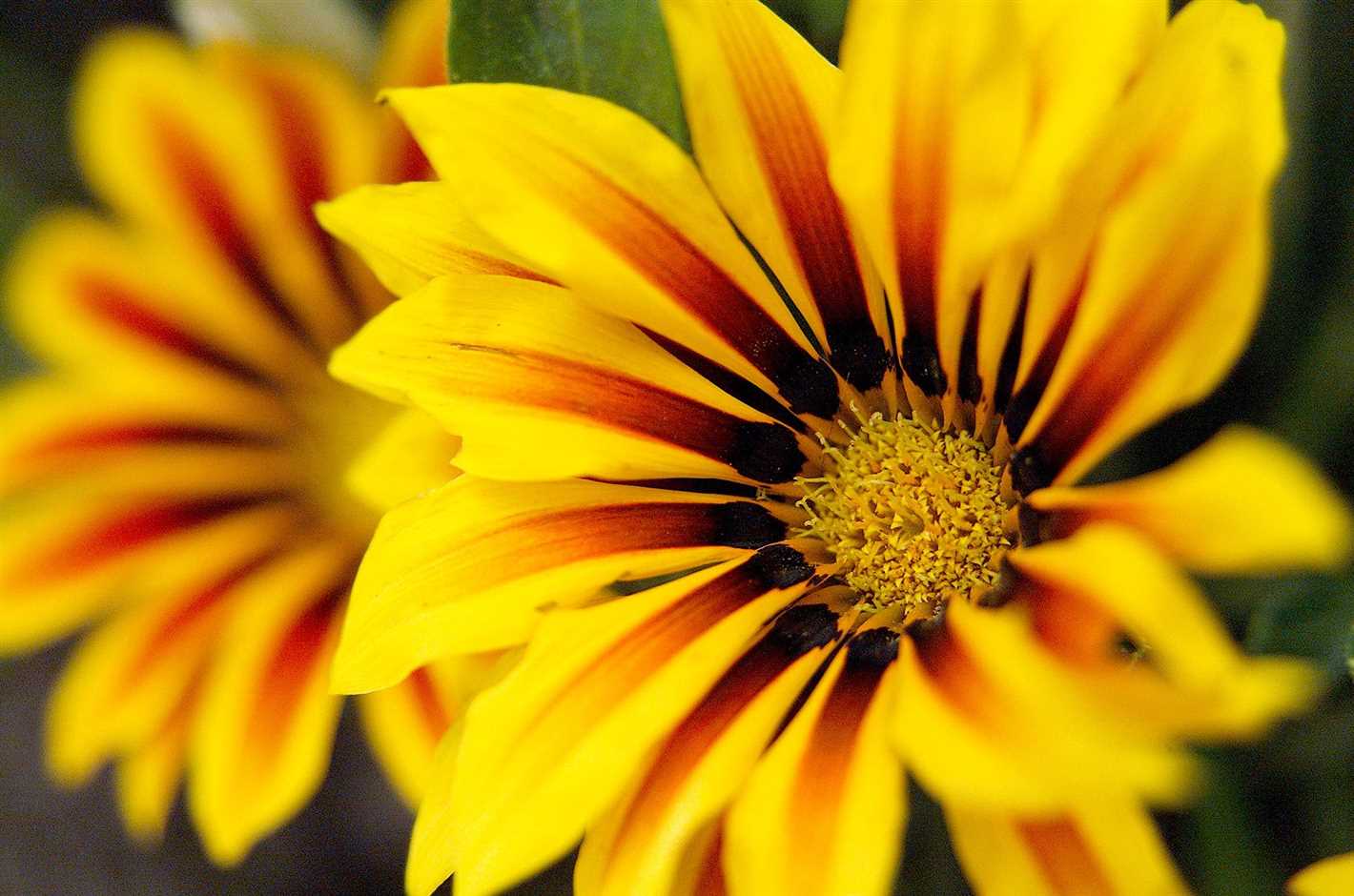
If you prefer organic pest and disease control methods, you can try the following:
- Hand-picking pests off the plants
- Using biological controls such as ladybugs or lacewings to eat the pests
- Applying organic insecticides or fungicides
- Using companion planting strategies to repel pests
5. Chemical controls
If the infestation or disease is severe and other methods have failed, you may consider using chemical controls. However, always read and follow the instructions on the label carefully to ensure safe and effective use. Consult with a local garden center or agricultural extension for recommendations on specific products.
Harvesting and using Gatsania flowers
Gatsania flowers are not only beautiful in the garden, but they can also be harvested and used in various ways. Here are some tips on how to properly harvest and use Gatsania flowers:
Harvesting
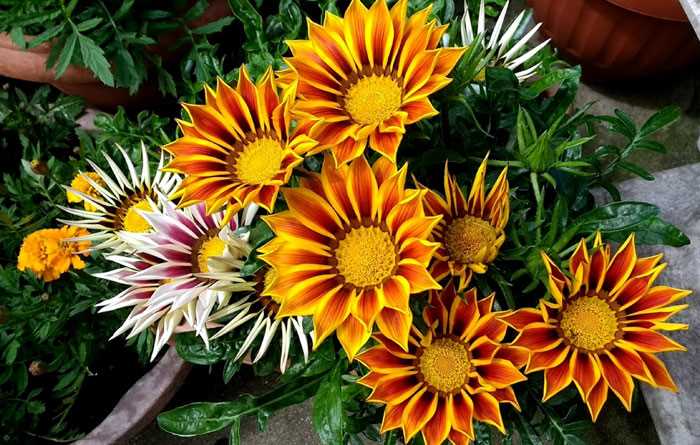
- Wait until the Gatsania flowers have fully bloomed before harvesting. This ensures that the flowers are at their peak freshness and color.
- Choose flowers that are free from any signs of damage or disease.
- Use a pair of clean, sharp scissors or pruning shears to cut the flowers. Cut each stem at the base, just above the leaves.
- Only harvest as many flowers as you need, leaving enough on the plant to continue blooming and attracting pollinators.
Using Gatsania flowers
Gatsania flowers can be used in a variety of ways, including:
- Flower arrangements: Gatsania flowers make beautiful additions to flower arrangements. Trim the stems to the desired length and place them in a vase with fresh water.
- Pressed flowers: Preserve the beauty of Gatsania flowers by pressing them between the pages of a heavy book. Once dried, they can be used for crafts or decorations.
- Edible decorations: Gatsania flowers are edible and can be used to decorate cakes, salads, and other dishes. Make sure to wash the flowers thoroughly before using them in food.
- Infused oils and vinegars: Add a unique flavor and visual appeal to oils and vinegars by infusing them with Gatsania flowers. Place clean, dry flowers in a bottle and fill it with your choice of oil or vinegar. Let it sit for a few weeks, then strain out the flowers before using.
Important note:
Before using Gatsania flowers in any way, make sure you have correctly identified the flower and that it is safe for consumption or use on the skin. Some flowers may cause allergies or have toxic properties.
Questions and Answers:
What is gatsania?
Gatsania is a flowering plant that belongs to the Asteraceae family. It is commonly grown for its beautiful and vibrant flowers.
How can I grow gatsania from seeds?
To grow gatsania from seeds, you can start by sowing the seeds directly into your garden or by starting them indoors. Sow the seeds in well-draining soil and lightly cover them with a thin layer of soil. Keep the soil moist and provide the plants with plenty of sunlight. The seeds typically germinate within 7-10 days.
Are there different types of gatsania?
Yes, there are different types and varieties of gatsania. Some popular types include Gatsania Grandiflora, Gatsania Splendens, and Gatsania Rigens. Each type has its own unique characteristics and flower colors.
Which type of gatsania is best for beginners?
Gatsania Grandiflora is often recommended for beginners as it is easy to grow and has a long flowering period. It is also known for its large and showy flowers in various colors.
Can gatsania be grown in containers?
Yes, gatsania can be grown in containers. Choose a container with good drainage and fill it with well-draining potting soil. Sow the seeds or transplant seedlings into the container and place it in a sunny spot. Water the plants regularly and fertilize them every few weeks to promote healthy growth and blooming.
Does gatsania require any special care?
Gatsania is a relatively low-maintenance plant, but it does require some care. It prefers well-draining soil and needs regular watering to keep the soil moist, especially during hot and dry periods. Pinching back the plants can also help promote bushier growth and more flower production. Deadheading the spent flowers can also prolong the blooming period.







